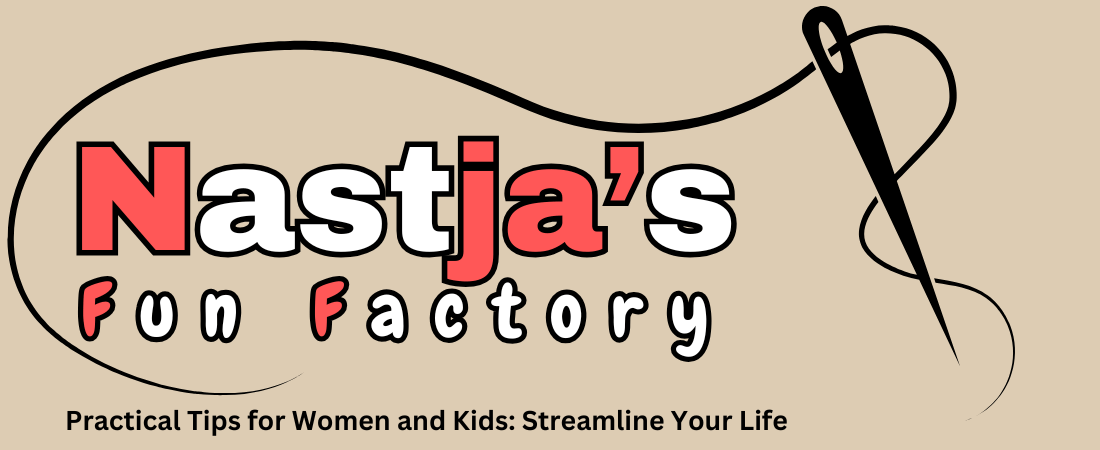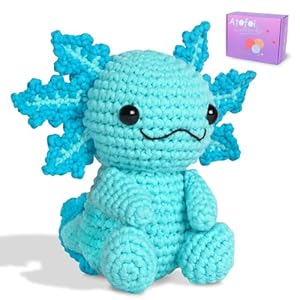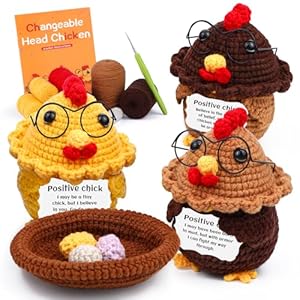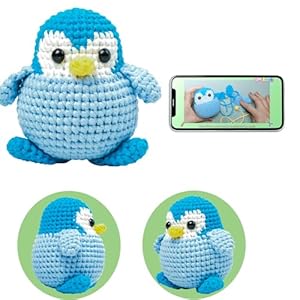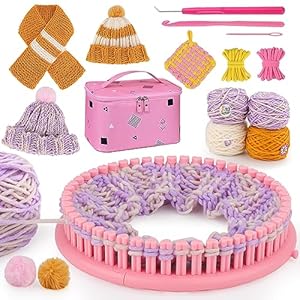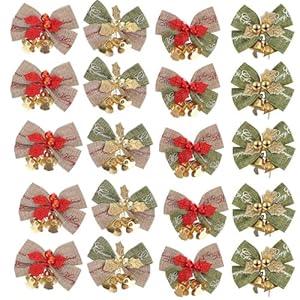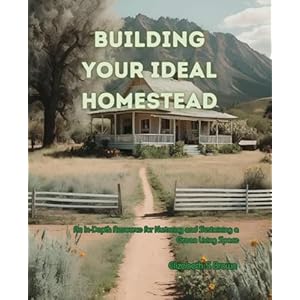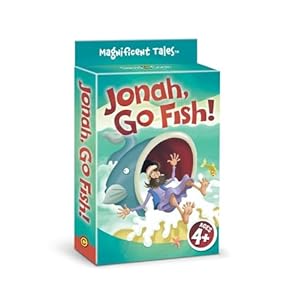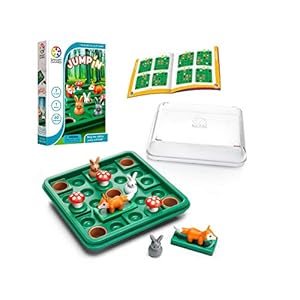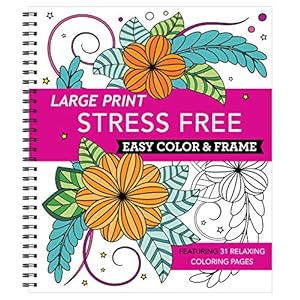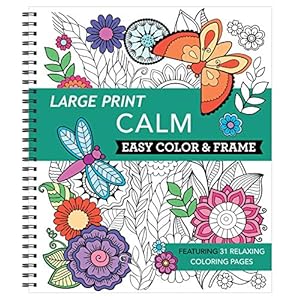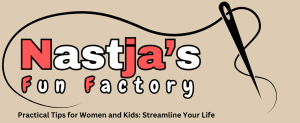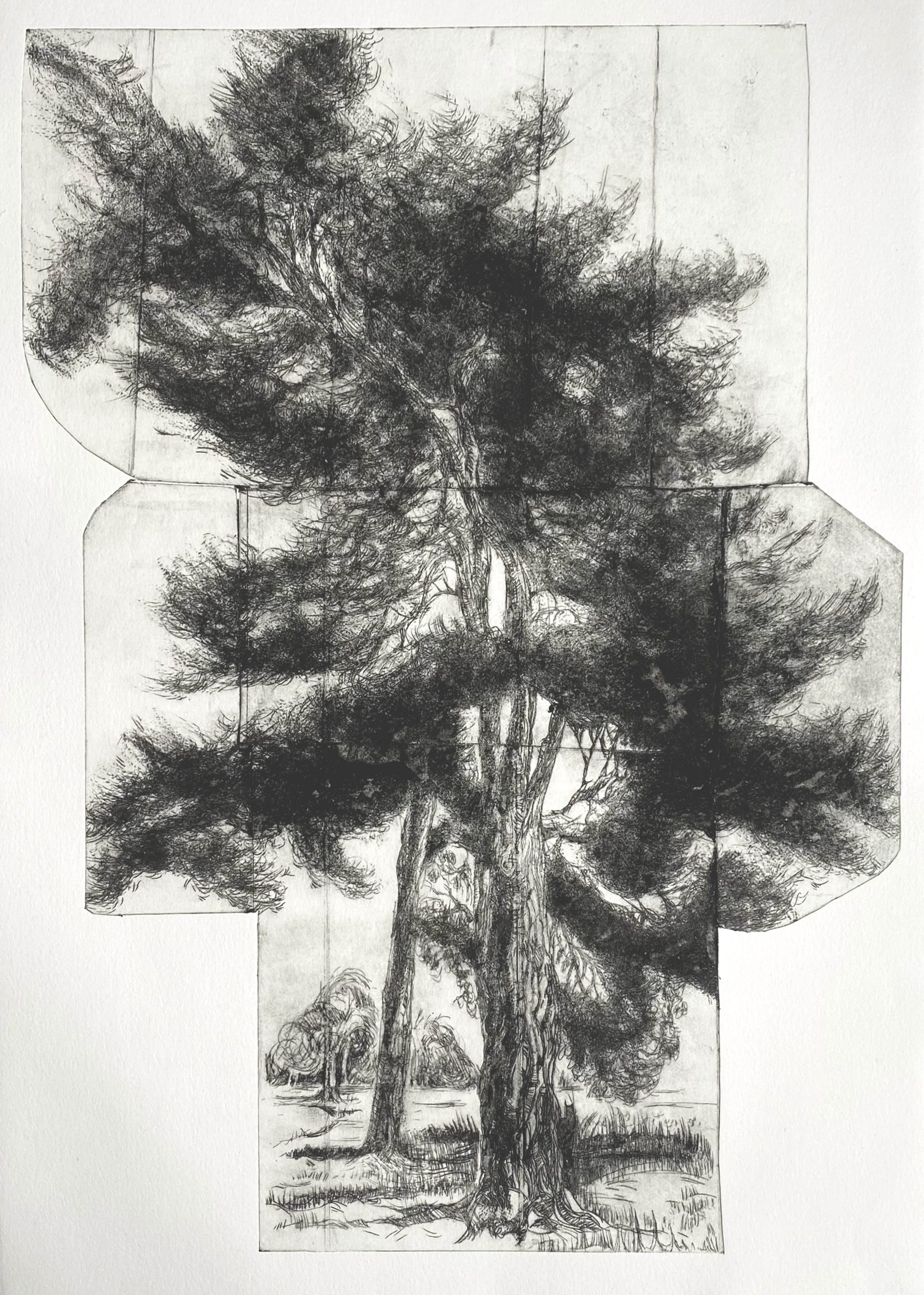
Ky Lewis won the Intaglio Award in Jackson’s Art Prize this year with her work Waiting For The Starman. In this interview, she discusses embracing the challenge of working with Tetra Pak, her visceral connection to trees, and keeping tabs on the resident spiders.
Above image: Ky Lewis in front of her garden studio

Waiting For The Starman, 2024
Ky Lewis
Drypoint on paper, 50 x 35 cm | 19.6 x 13.7 in
Josephine: Could you tell us about your artistic background?
Ky: It is going to sound corny but I have always drawn, painted, printed… made things. Throughout primary and secondary school I had the best support ever from teachers who were really creative, and to be honest at the time, maths and science were an utter horror for me, so my world was art – in all its forms. I decided to do graphics initially – ‘It’s commercial art, you can make a living’ was the soundbite of the time. It was the early 80’s and so this is what I did, four years of it, but that foundation was incredible and Medway School of Art was an absolute joy with such a broad and intensive access to design, type, illustration, photography and really passionate tutors and excellent visiting lecturers. We were there everyday, all day, and would often be thrown out at the end of the evening as we didn’t want to leave.
After Medway I headed to North London and Barnet, continuing with graphics but leaning toward more printmaking and illustration – making unique books and working a lot with lino and monoprint. After the fun there and with a new idea about what I wanted to study further, I headed South to Camberwell School of Art and Craft and joined the illustration and printmaking course. This was significant for me as I realised how much my early school experiences of printing with relief were absolutely embedded and I seemed to spend as much time as I possibly could in either the Camberwell Press or upstairs in the print rooms – I can still smell them. I was working relief then, using lino but also exploring other materials that I could engrave upon – I was taught by John Lawrence and I’ll never forget him telling me that you could use anything, and I did. I started to engrave on model making plastic (as he also did) as end grain wood was too expensive for a student. This continued after I left art college, working as a freelance illustrator for absolutely anything that came my way. I was really fortunate to be able to illustrate almost every job I got using printmaking.
I worked for a good few years and then paused for family and ended up running an outreach education group for a while, but all the time I was still either sharing knowledge by doing workshops and I was always drawing, never without a sketchbook or camera to document life. For many years, the printmaking took a back seat and I worked with more photographic responses, yet every time I saw a printmaking show I ached deeply and the call was too strong, returning to print using intaglio methods was just part of my continued love of experimentation and a strong interest in process driven work methods.

Reviewing a super long print on a home made press bed
Josephine: What does a typical working day in the studio look like for you? Do you have any important routines or rituals?
Ky: I’m not sure I have typical days, I probably lack routine actually, I will try and read emails first and then my head feels free to continue with a particular print. I am very much a night owl and will really get stuck into work in the afternoon into the night unless I have a deadline. I am lucky to have two spaces that I can call studios and both are at home so travelling is not part of the equation for me. I tend to do all the technical and digital stuff that is now needed indoors, then I head to the bottom of my garden to my sort of remodelled Edwardian shed that is now my studio/darkroom – a darkroom with a ridiculous amount of windows!
The studio sits at the base of my massive Japanese Pagoda Tree and at this moment in time there is an audible hum coming from the thousands of bees in the blossom – it feels like its snowing petals everyday during the summer, so I suppose one of the first things I do is sweep my way to the door so I do not stand on bees. I’ll take my sketchbooks down there and a drink, put the radio on or pull the cord on my old Muji CD player and listen to a wide variety of music depending on what mood I am in.
I try to clear up after each print session but often I will leave ink out if it is ok and it can stay open, but making sure the resident spiders, ‘Bob and Roberta’, are out of the way is one thing I check on. When working with the press I make sure it’s dusted down and I put the blankets back on, I don’t have running water so if I need to soak paper then I have to go and get that and top up the tray and then I am ready to start printing.

Langton Street 1, Breathe Series, 2023
Ky Lewis
Unique silver gelatine print, 60 x 91 cm | 24 x 36 in
Josephine: Which materials or tools could you not live without?
Ky: A Lamy pen, my drypoint needle (homemade) and my old E.C.Lyons relief and engraving tools in their roll (which I have had since T.N. Lawrence was in Bleeding Heart Yard in Farringdon), and a pinhole camera. As for materials, I have to have a sketchbook, it doesn’t matter too much what type, but I need to be able to draw, especially when I travel. I’m always on the tube, so keeping them small is perfect and the paper has to be smooth for the pen.
When I’m printing at the studio, my oil based inks from Intaglio – drypoint black or velvet black, or my Cranfield Safe Wash. If I am away, I take Cranfield Safe Wash so I can clean up easily – yes I do print on holiday, and I even take my 3D printed Open Press Project mini press with me!

Some of Ky’s intaglio tools
Josephine: Do you work from a reference? What is your process?
Ky: I work both from reference and also in situ – en plein air. I do not work from reference if I haven’t collected it for myself and been there so I can understand the subject – the light, its form and texture. The print, Waiting For The Starman was partly drawn in situ while waiting in the park – I didn’t finish it there but I did gather photo reference to continue. The tree is the ‘wrong’ way around due to this – sometimes I remember to flip the image if using photos but I much prefer being there and getting the essence of the space.

I Looked Up and You Were Gone, 2024
Ky Lewis
Drypoint on Tetra Pak, 14 x 14 cm | 5.5 x 5.5 in
Josephine: Do you regularly draw or keep a sketchbook? If so, how does this inform your work?
Ky: Yes I do! As stated previously I always have a sketchbook on me for drawing on the tube or whilst out and about in London. I tend to have numerous on the go each with a different feel – landscapes, holidays, allotments, etc. I think the only ones I always fill up completely and quickly are the figurative tube books which are often A6 Talens, Moleskine or similar, as they fit in a pocket. I also use the A5 books that John Purcell make for landscape/travel and sometimes ideas. For life drawing when I’m not working direct onto a Tetra Pak I use the Clairefontaine brown paper A3 spiral bound sketchbooks.

Tree drawing from the local park
Josephine: Have you ever had a period of stagnation in creativity? If so, what helped you overcome it?
Ky: I really can’t say I have, I think as I work in so many processes as soon as I get stifled by the limitations with one process, my head is already working out how to integrate another method in order to enliven either the photographic or the print side of my practice. The two aspects of my practice are as important as each other and they feed each other. I am working on combining both elements…

Under Ziggy’s Tree, 2024
Ky Lewis
Drypoint on Tetra Pak, 28 x 38 cm | 11 x 15 in
Josephine: Are there any specific artists or mentors who have inspired you?
Ky: This is a difficult one, I am influenced by so many and so much and it’s not just artists, it could be a scientist or a writer and a few words in a news article can trigger an idea. When I was at college there were a number of tutors both visiting and regular, Maureen ‘O’ Paley (the O was dropped a long time ago) for photography, and experimentation. John Lawrence for the pure joy of printmaking.
Inspiration in art and photography overlaps, sometimes the way a photographer portrays the world makes me think of composition, light, subject matter – Sally Mann would be one example. Walker Evans was my first photobook and Graham Sutherland my first artbook at the age of 11. I am influenced by the communities I work within.
I think that most of my influences are heavy on the black and white, Norman Ackroyd and his ability to capture light and atmosphere. Anselm Kiefer for the immensity and gravitas, Goya, Clare Leighton, Fukase, Kollwitz, Auerbach, Bacon, Etel Adnan, Kentridge, Rego, there are too many!

Working from a sketchbook drawing
Josephine: What were you thinking about or exploring at the time you made Waiting For The Starman? What inspired it, and how did it come to be?
Ky: I had for some time been working on a larger body of work called ‘Breathe – A Dialogue with the Urban Forest’. Started at the beginning of lockdown, it really sought to look at the importance of trees in our environment, within the city and suburbs – working both photographically and using drawings and drypoints. I was already hyperfocused on forms of trees, especially after looking at street trees which are often brutally pollarded in London and more so in certain boroughs. This park had specimen trees as a contrast to the former street trees, which were now carbon sticks, and whilst waiting in this different park for my daughter, I decided to draw this and another tree. I started by drawing directly onto the Tetra Paks (I actually carry these around with me!), as I didn’t finish it there I took reference shots.
The idea of the name came to me as I was sitting near the bandstand at which David Bowie had performed in 1969, it was being renovated and looked very smart. I was imagining what it might have been like at the time – had it been planted then? The name seemed just right for it – it felt full of life and hope, there was a slight breeze which lifted the branches hence all the movement.
Josephine: Why did this piece feel like the right one to submit?
Ky: I think it was because it seemed more visceral than some of my others – it was one of the largest pieces I had done and I believe I was a bit more confident with it as it had been shown at Woolwich Contemporary Print Fair, it had received more attention than I ever imagined. I also thought my passion for trees came across in this one.

Soane’s Tree, Dulwich, 2024
Ky Lewis
Drypoint, 19 x 21 cm | 7.4 x 8.2 in
Josephine: How did it feel to move through the stages of the competition and win the Intaglio Award?
Ky: Oh believe me, I was delighted to get onto the extended longlist and never imagined that it would go further, to receive an email each week after that was just astonishing to me and I was absolutely stunned to receive notification of winning the award – I am definitely still reeling from that one.

Working on The Elder in the studio
Josephine: How did the limitations or qualities of the Tetra Pak plate influence the outcome of this piece?
Ky: I love the challenges this surface creates and it is important to me in my practice to be as sustainable as I can, so I have always re-used and recycled and now I’ve just taken it a bit further. The Tetra Paks can vary in quality and in some ways that makes it interesting, in other ways it can mean that the size of the edition is reduced – if I am careful I can get thirty out of them but with this one it was limited to ten after a few AP’s and the initial decision making work. The creases and previous life of the pack comes through and I like that, it’s more of a story. It may look like the tree was bending to conform to the constraints of the pak shape but the tree was actually that shape – it seemed made for it.

The Oak Tree Massacre, 2025
Ky Lewis
Drypoint on Tetra Pak Edition, 142 x 15 cm | 55.9 x 6 in
Josephine: Can you discuss your interest in trees and your ‘A Dialogue With The Urban Forest’ series? What keeps pulling you back to that subject?
Ky: This project will probably never end – I always remember having a love of trees, maybe a romantic pictorialistic viewpoint, watching them flash by from the car or train window as a child. I recall the loss of a particular avenue of Elms and when they were lost to Dutch Elm disease, it has always stayed with me. As I write this a neighbouring garden is having a tree cut down and I find I get a visceral response hearing the sound of the chainsaw. I feel I want to capture through drawings photos or prints as many trees as I can. The intricacies of each tree, the overall forms – the irony is I am not one for sitting drawing each leaf but I am more interested in trying to get the essence of it onto paper.

The Old Way, 2025
Ky Lewis
Drypoint on Tetra Pak, 28 x 38 cm | 11 x 15 in
Josephine: Are there any new materials or ideas you’re excited to explore using your prize?
Ky: I’m looking forward to using them and also to understanding how certain mediums work with the inks on the Tetra Pak substrate. I had a limited supply before and of course this gives me the opportunity to be free to explore, not in a wasteful way but the pressures of using ink sparingly limits the scope of the work and the scale. So I am already planning something much bigger and that I find quite exhilarating and exciting. After speaking to Cranfield I have already learnt some tips and I am hoping to put these to good use soon.

Defence Vulnerability, Ness series,, 2019
Ky Lewis
Unique silver gelatine print 9.2 x 10.7 cm | 4 x 5 in
Josephine: What’s coming up next for you?
Ky: I have been very busy this year with all the different aspects of my practice and I am currently preparing for a show with Loop Printmakers at Bankside early September, then I am very happy to have been included in ‘Small But Mighty’ RE also at Bankside with ‘Under Ziggy’s Tree’ which was made at the same time as ‘Waiting for the Starman’ after this, I am still coming to terms with the fact that the Victoria and Albert Museum acquired ‘WFTS’ for their print collection and at the end of September there will be a printmaking show, “Lasting Impressions, Women Printmakers from 1900-Now” Beyond this I am hoping to have a holiday and spend some time working on some ideas I have had after making a new massive press bed.
Further Reading
Meet Eleanor Johnson, Winner of Jackson’s Art Prize 2025
Jackson’s Art Prize 2025 Exhibition at Affordable Art Fair
How We Collaborate With Artists
Expert Advice on Making Your Way as an Artist
Shop Printmaking on jacksonsart.com
The post Ky Lewis: The Essence of Trees appeared first on Jackson's Art Blog.
Trending Products
